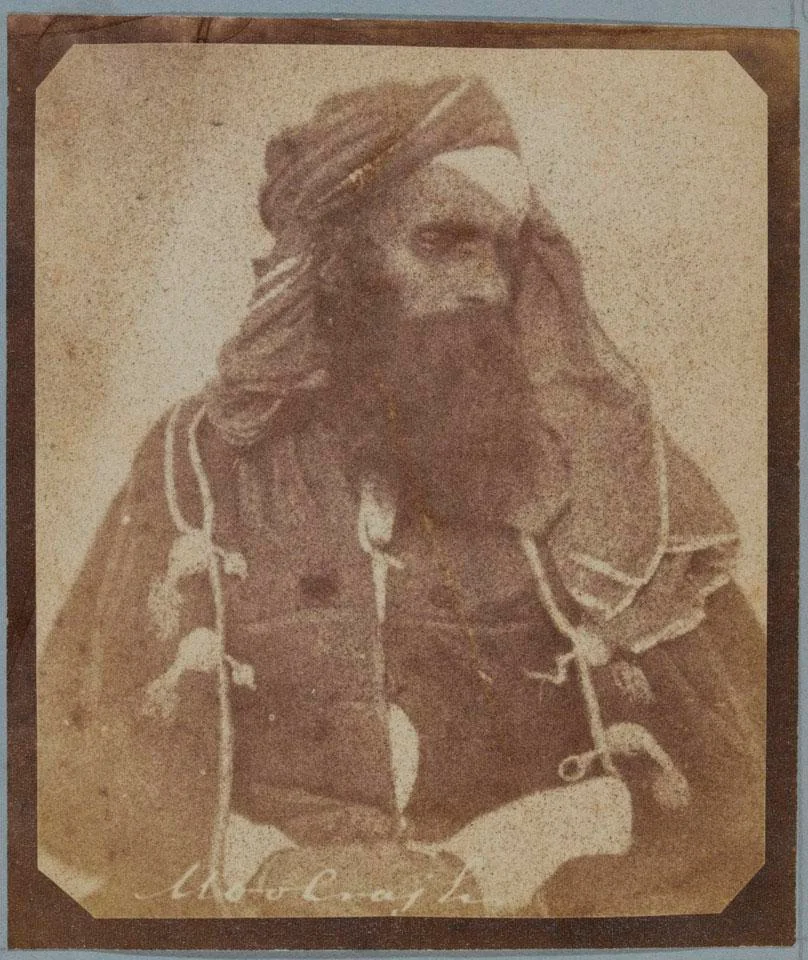Explore the tumultuous political journey of Mul Raj Diwan, governor of Hazara, and his ties with influential figures like Misr Beli Ram and Raja Gulab Singh.
NIJATULLAH SHAH, SAYYID, British news writer at the Sikh capital of Lahore. Press lists of old records refer to his news diaries which give an account of the political state of affairs in the kingdom. He reports the events at Peshawar, the withdrawal of the British garrison at Jalalabad, and the return of the British army from Kabul in 1842.
Discover the Pattidari system—a historic land tenure practice in Sikh Punjab rooted in cosharing and equal inheritance, shaping peasant proprietorship.
Explore Steinbach's 1845 account of Punjab's history, commerce, and culture during Ranjit Singh's era, advocating for British rule. An insightful read!
Discover the history of Riyasti Akali Dal, a pivotal Sikh political forum in princely Punjab, advocating for democratic rights from 1939 to 1956.
Discover the legacy of Seva Singh Thikrivala, a key figure in Punjab's fight for freedom and justice during the British era.
SIMON COMMISSION, designated after the name of its chairman, Sir John Simon (18731954), was constituted in 1927 as a royal parliamentary commission.
Discover the inspiring journey of Bhai Santokh Singh, a Ghadr leader dedicated to India's freedom, with his impactful role in the movement.
Explore the life of Jathedar Teja Singh Akarpuri, a pivotal figure in the Gurdwara Reform movement, whose legacy spanned military, spiritual, and political spheres.
Uncover history with Zafarnamah-i-Ranjit Singh, Kanhaiya Lal's Persian verse detailing the reigns of Maharaja Ranjit Singh & his successors. A must-read!





